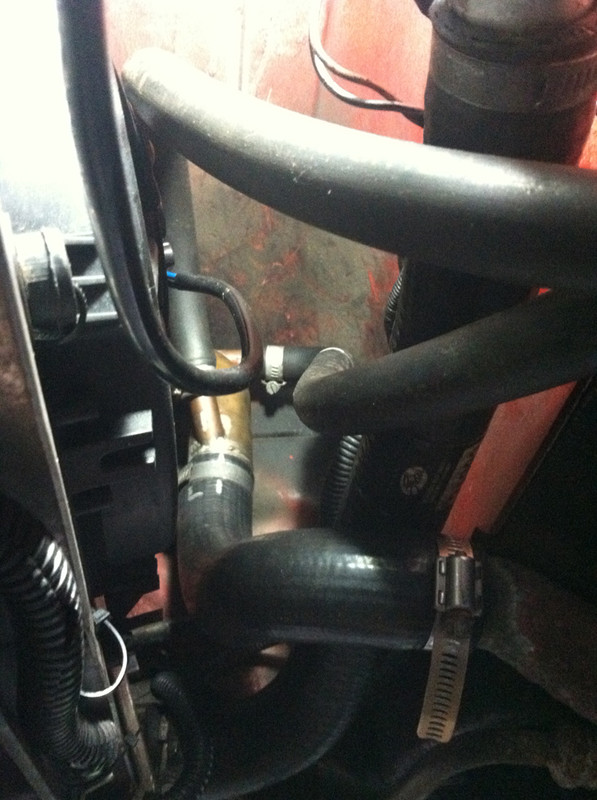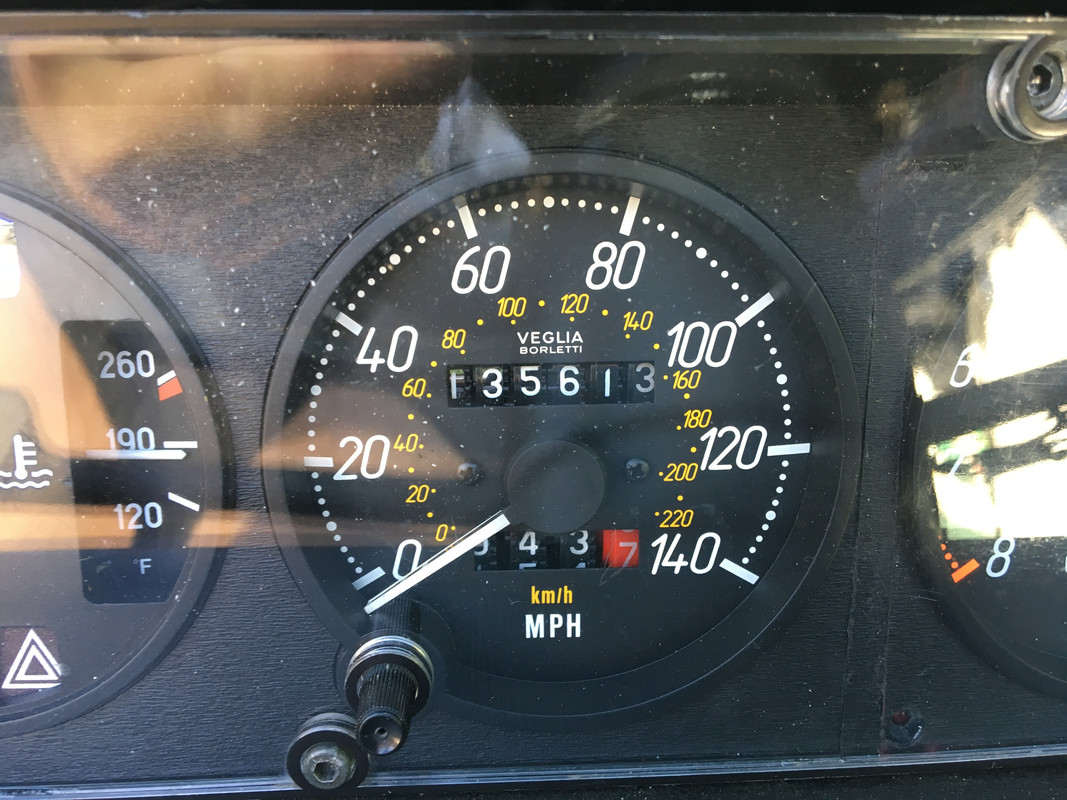lookforjoe
True Classic
Got the new programmable timer switch - this one can work with a on/off trigger signal, unlike the Volvo part I had that requires a momentary trigger that I couldn’t work around.
Will be wired thus:
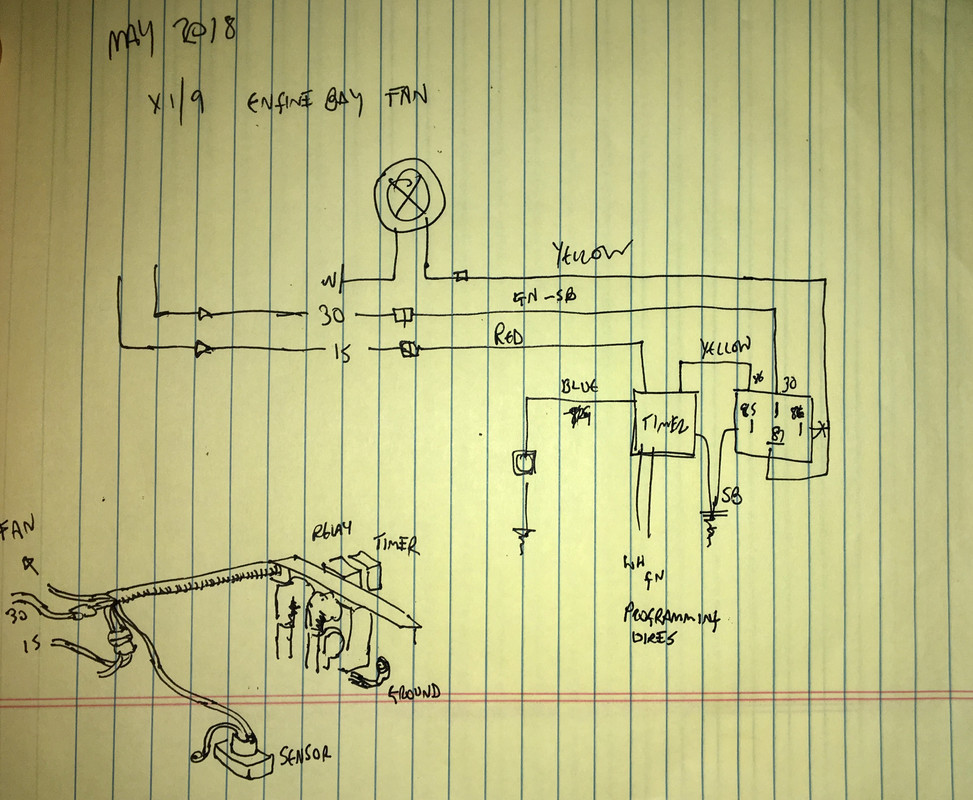
After I get back from Carlisle Import show. Taking the Volvo this year.
Installed the timer today. I had moved (lowered) the sensor so it sat closer to the head. In this location the fan turned on when I came to a halt after highway run, so that is perfect (ambient temp in the 80's today).
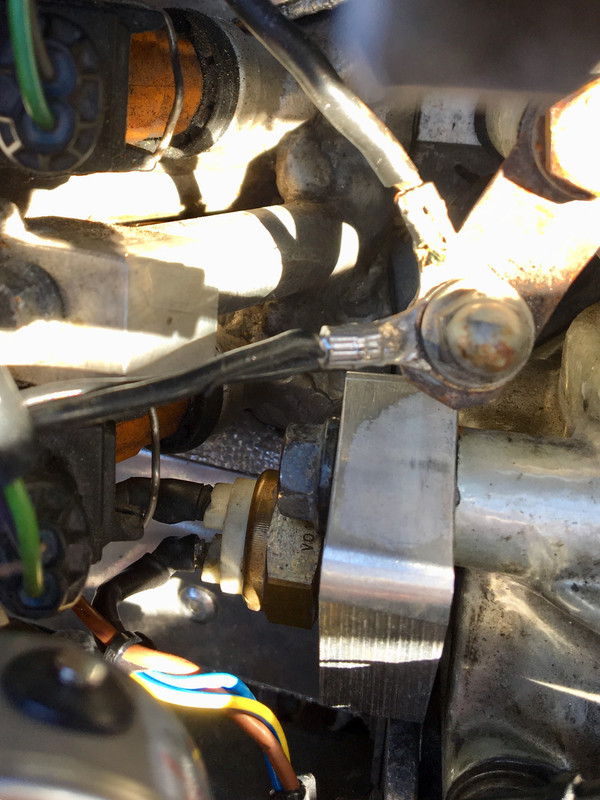
Timer circuit makes sure fan will come on after shutdown if thermoswitch (trigger) still indicates over 203ºF. Timer is set to run for about 3min. As long as thermoswitch is grounded (over 203ºF), fan will run. Once thermoswitch drops below temp & circuit opens, fan will run for max 3min (timer circuit) to alleviate heat soak. I can change run time if so required. Had to revise wiring & add diodes to prevent feedback into fusebox, and timer engagement via shared thermoswitch ground circuit.
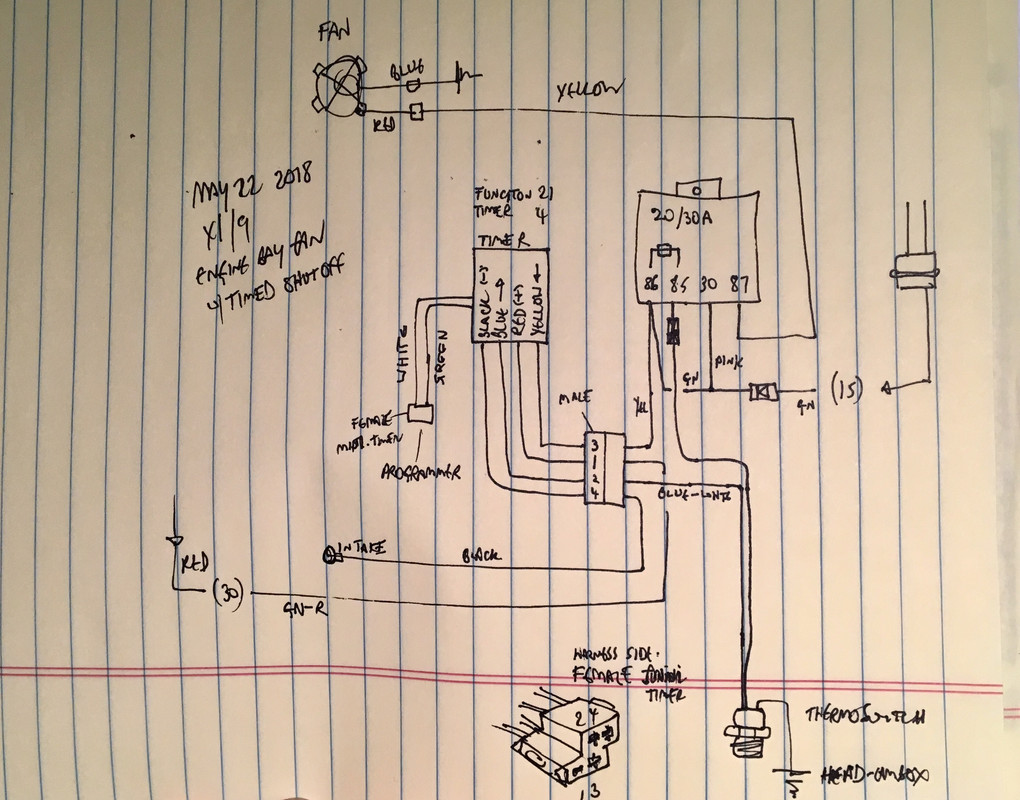
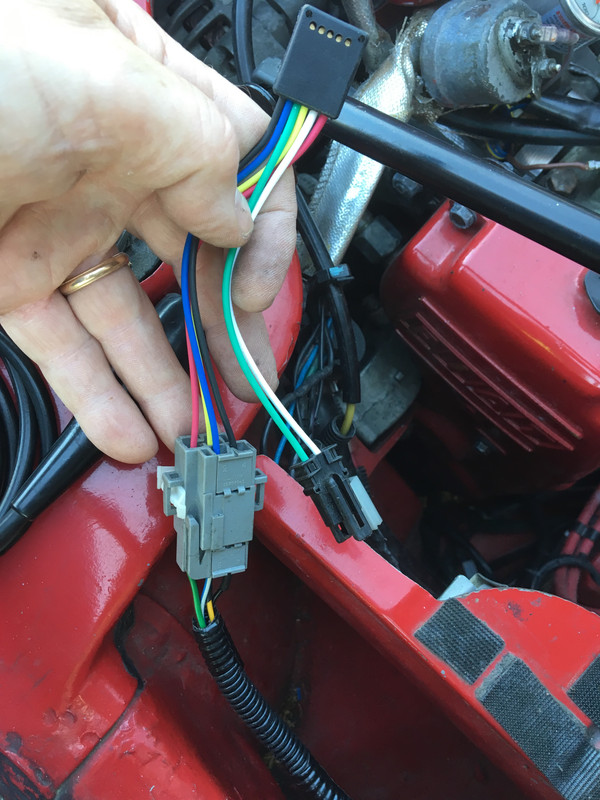
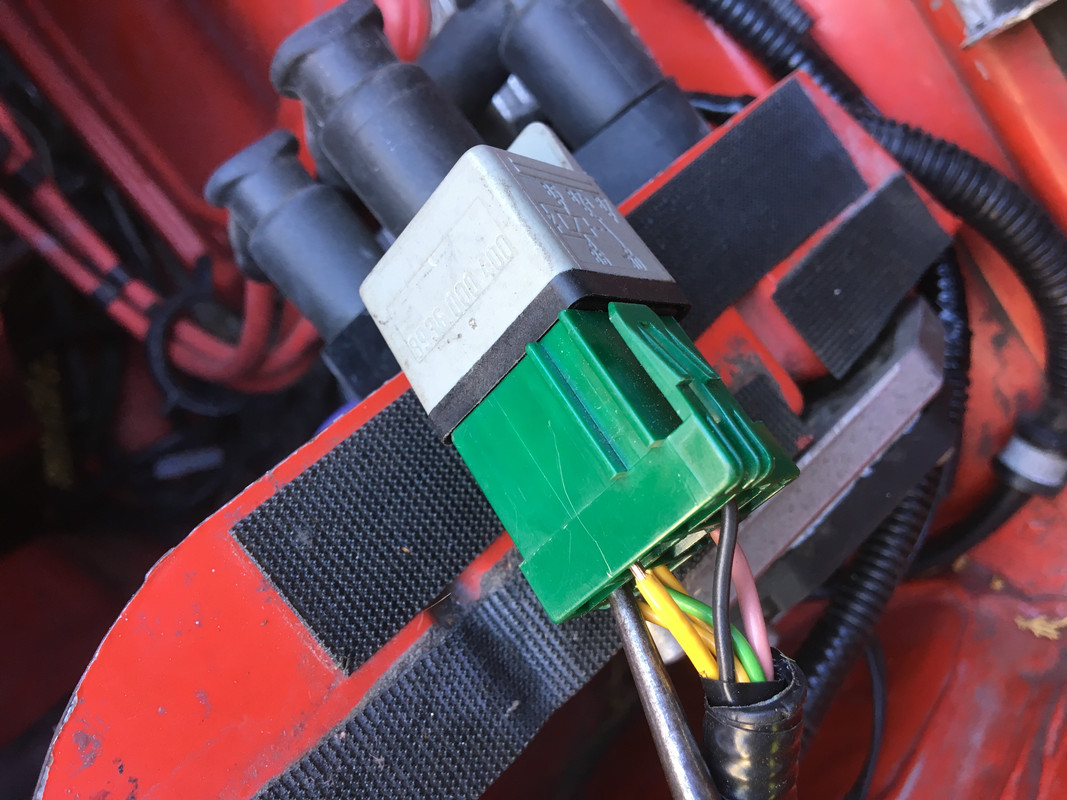
Last edited:

